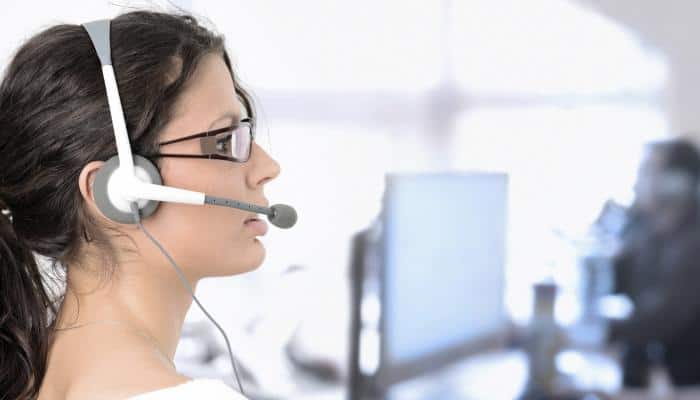Many people think of a telephone answering service as a company that takes messages. Yes, we do that, but we can do much more than just take information; we can give out information as well and act as a help desk. This includes basic help desk services.
A help desk is essentially a call center that provides support to end-users, such as purchasers of a product or software, as well as users of an online service or shopping website. This support comes in various levels, from level one, which is the most basic, up to level four, which is the most critical. The amount of training and experience needed to provide support at each level increases with each higher tier. Whereas level one may require a person with good customer service skills and basic product training, level four may require a degreed engineer. Trained technicians typically handle levels two and three.
The goal is for level one support staff to handle all common questions and the basic problems. This frees up more experienced staff (who also command commensurately higher compensation) to focus on more complex problems. No one wants a $90,000 a year engineer taking time to look up the nearest dealer for a caller who won’t do so online. That makes no sense.
A reasonably trained first level help desk team can realistically handle over 50 percent of the calls, with great first level teams approaching 80 percent and even higher. The goal is for the first level team to handle the bulk of the calls and escalate the ones they can’t handle to the second level help desk team.
Here’s how first-level help desk works when you use an answering service:
- The answering service answers all support calls, 24/7.
- They apply their customer service expertise and specific product training to resolve as many calls as possible.
- They escalate the calls they can’t handle, transferring those callers to the second level help desk team, which is usually back at the company’s main office or at another outsource call center.
- Before transferring the call the answering service provides details about the reason for the person’s call and the steps taken to resolve it. This allows the second level help desk staff to make the most efficient use of their time.
- If the second level help desk is closed, such as on evenings, weekends, or holidays, the answering service can take a message for the second level help desk team to call users back during regular business hours.
- As an alternative to taking a detailed message for the second level help desk team, the answering service can schedule a callback at a day and time convenient for the caller. Again, the answering service links a complete record of the call to the callback appointment.
While a company can provide this first-level service themselves, many find it is more cost-effective to hire an answering service to do the work for them instead. Plus the answering service is already staffed 24/7, whereas most companies are not.







